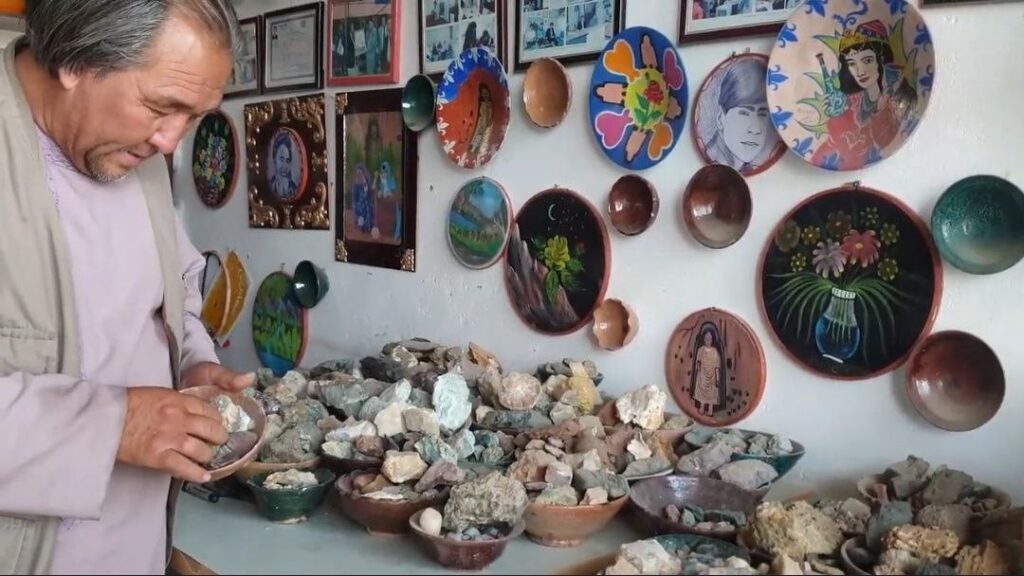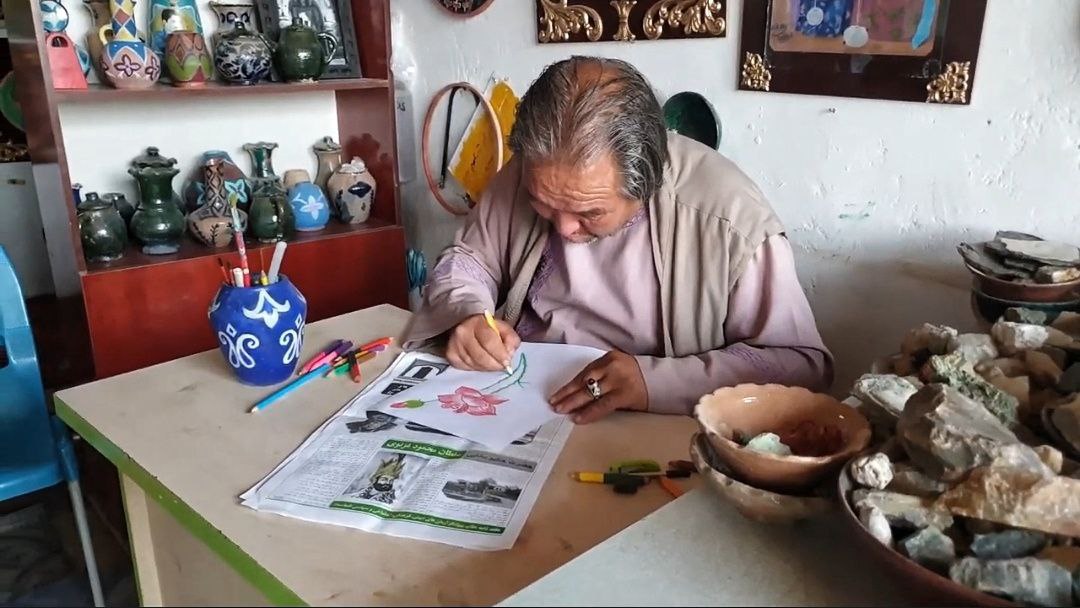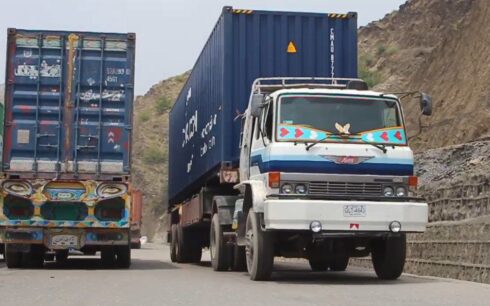Potters in Bamiyan province expressed concern over the stagnation of the pottery craft, attributing it to the political changes and an increase in poverty in the country. With the decline in foreign tourists visiting the region, the pottery market in Bamiyan has also suffered, leading to fears of the craft’s eventual decrease.
Amir Askari, a veteran potter with almost two decades of experience in Bamiyan, specializes in crafting flower pots and other ceramic items for sale. He lamented the adverse impact of the economic downturn on the pottery trade, saying, “During the republic, there was money, there was motivation, and there was hope.”

“Many tourists would come and buy clay pots because people’s income was good and they had money, but now they don’t,” he said.
Notably, the number of artisans in the pottery craft has dwindled in Bamiyan province, and training programs in this field have also weakened. In the past, women were actively involved in the pottery department, adding their artistic touch to clay jars. However, due to the prevailing economic hardships, the motivation and enthusiasm among aspiring female potters have waned.
Sima Naqash, a resident of Bamiyan, expressed how the Taliban’s restrictions on women’s education have discouraged her and her friends from pursuing their passion for painting. “My friends and I had a lot of motivation before they banned us from schools, educational centers, and universities, but now all our motivation is lost, and I ask the Taliban government to remove all the restrictions they have imposed on girls,” she stated.

Bamiyan is not the only province facing such challenges; the pottery craft is popular in several regions, including Kabul. However, there is growing concern that this traditional craft, which holds historical significance, may vanish over time as demand dwindles.
Local potters are calling for support from relevant institutions and hope to revitalize the pottery craft in Bamiyan and across Afghanistan. As they grapple with the current economic and social hurdles, the preservation of this ancient art form remains a significant concern for the region’s cultural heritage and economic sustainability.




